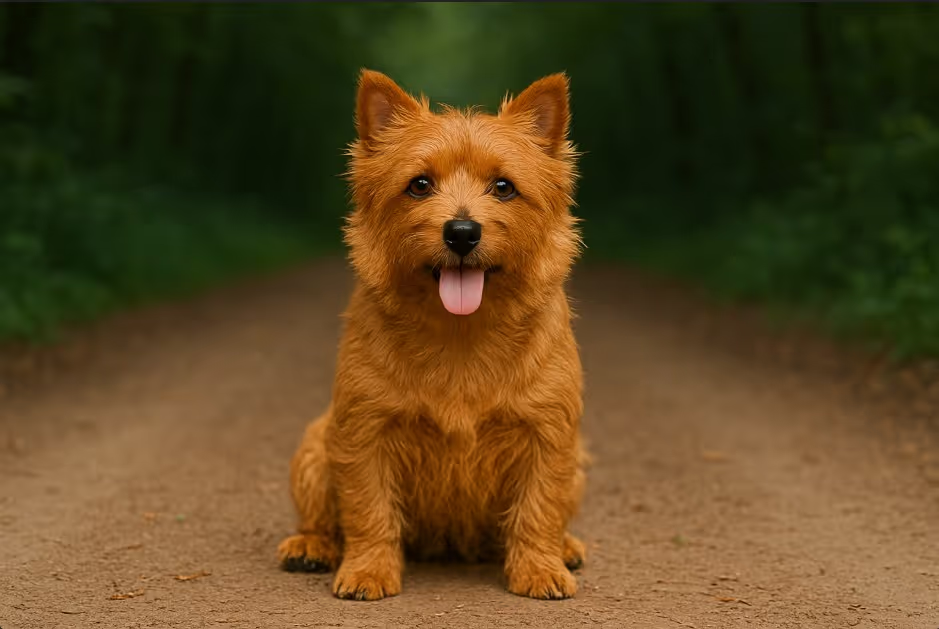The Norwich Terrier is a spirited, affectionate, and sturdy little dog with a big personality packed into a small frame. Known for their pricked ears, wiry coat, and ever-wagging tail, these terriers are among the smallest working terrier breeds but have the heart and determination of a much larger dog. They make devoted family companions, adapt well to various living situations, and thrive in homes that can provide daily exercise, training, and companionship.

The Norwich Terrier originated in East Anglia, England, during the late 19th century. Developed to control rats and other vermin on farms, in stables, and in city homes, they quickly earned a reputation for their pluck and efficiency. Originally grouped with the Norfolk Terrier (which has folded ears), the Norwich Terrier was recognized as a distinct breed in 1964. Their combination of tenacity, charm, and compact size has made them popular as both working terriers and loving companions.
A small, sturdy terrier with a foxy expression and erect ears.
Their wiry coat is easy to maintain but benefits from regular grooming.
Despite their size, Norwich Terriers are active and need daily exercise.
Bright, eager, and responsive, but with a touch of terrier stubbornness.
Small size means portion control is important.
A generally healthy breed but with some potential hereditary conditions.
While not as common as some terriers, Norwich Terriers are available through breeders and rescues.
Are Norwich Terriers good apartment dogs?
Yes, they adapt well to smaller spaces if exercised daily.
Do Norwich Terriers bark a lot?
They may bark to alert, but with training, it can be managed.
Are they good with children?
Yes, they are generally affectionate and playful with respectful kids.
Do Norwich Terriers shed?
They shed minimally, especially with regular hand-stripping.
Are Norwich Terriers easy to train?
Yes, they’re intelligent and eager to please, though some can be a bit independent.
Do they get along with other pets?
They usually do well with other dogs, but may chase small animals due to prey drive.
How much grooming do they need?
Weekly brushing and occasional hand-stripping will keep them in good condition.